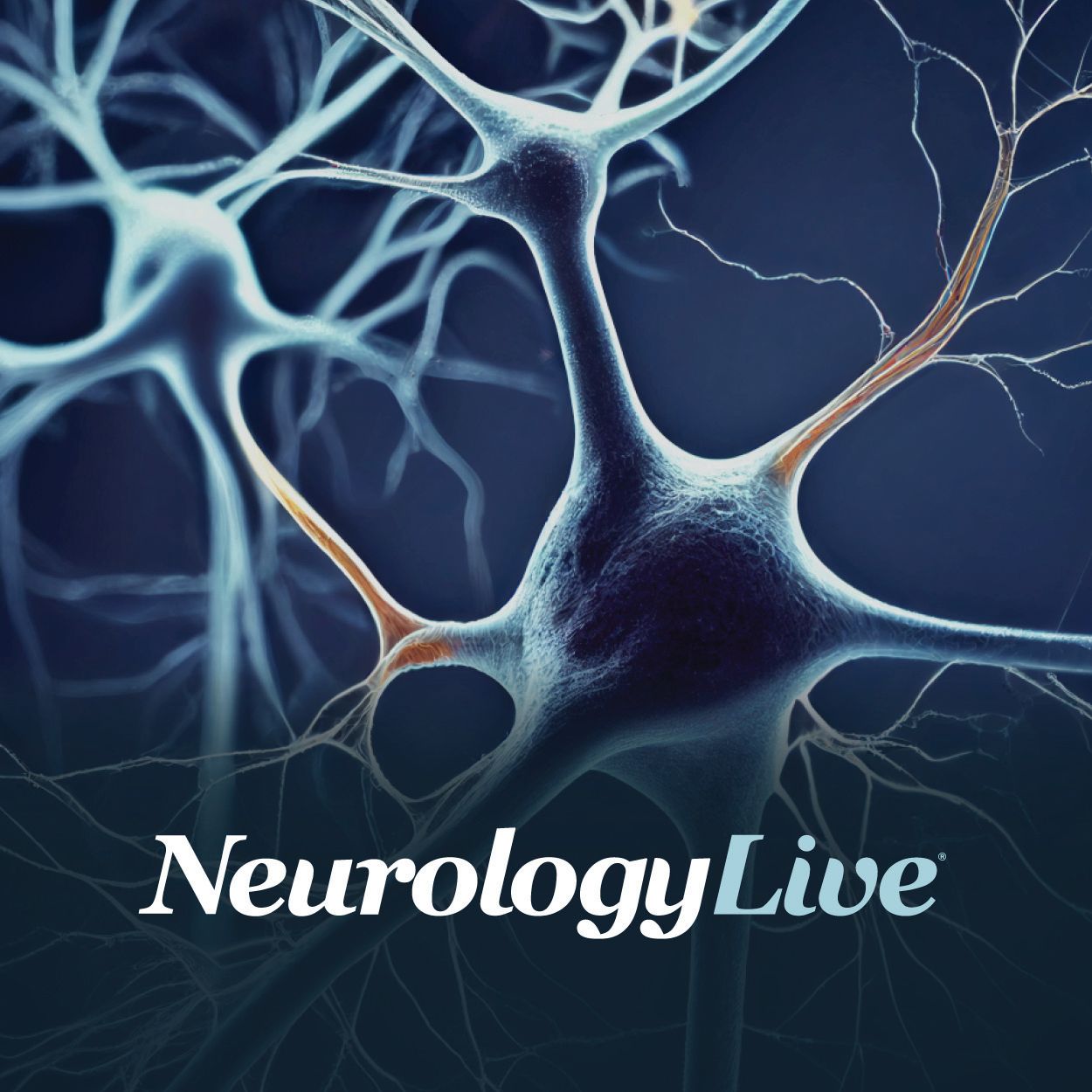Article
Myelin Formation and Motor Learning in Adulthood
Author(s):
What is the function of continued adult myelination in the normal undiseased brain? A recent study sheds remarkable light on this process and its importance.
Although developmental myelination is not complete in the cortex until early adulthood in mammals, including mice and men, there is abundant evidence that myelination can continue in the adult brain. There has been much speculation as to the function of this adult myelination in the cortex. One important feature of this adult capacity is the response to myelin injury, which allows robust remyelination. This capacity is inadequate to allow full repair in diseases like multiple sclerosis, and this is an area of very active research in many labs. What, though, is the function of continued adult myelination in the normal undiseased brain? A recent study from Richardson and colleagues has shed remarkable light on this process and how important it appears to be.
The authors have been studying the dynamic production and function of the cells that generate oligodendrocytes in the adult brain (oligodendrocyte progenitor cells – OPCs) for many years. OPCs make up 5% of all cells in the adult cortex and comprise the majority of cells that divide in the adult cortex. Observations over recent years have shown that these cells divide and generate mature oligodendrocytes in the adult mammalian brain in a fairly continuous way with a gradual fall with aging (much as new neuron production falls off).
What is the purpose of this continued production of myelinating oligodendrocytes and what do they do? Some clues come from studies showing that humans who develop very specialized skills in adulthood, e.g., juggling or musical skills, have increased white matter density in cortical areas that serve the enhanced learned motor functions. This information led the authors to directly test the proposition that motor tasks might increase myelination in mice. They engineered mice that have a genetically regulated switch, allowing them to block the production of new oligodendrocytes in a time controlled way in adulthood (for the molecular details see the actual study). Using these mice the authors were able to show very tight control of production of new oligodendrocytes, and were able to shut off this capacity. The mice looked and appeared normal and their brain morphology was normal.
The authors then took these mice, with oligodendrocyte production shut off, trained them in a complicated motor task (a very complex running wheel), and compared the mice that couldn’t make oligodendrocytes to their littermates that could. They found that the running wheel led to a dramatic increase in oligodendrocyte production in the control littermates, but not in the experimental mice. Remarkably, the mice without oligodendrocyte production were also unable to learn the motor task as well as the control mice. To show that this inability to learn was directly due to the production of oligodendrocytes during the motor learning task, the authors compared mice that were trained prior to having oligodendrocyte generation shut off and found that these mice were able to perform the task fine (because they learned the task earlier). This result excludes a role for continued oligodendrocyte production directly in the performance of the motor task, but instead implies a requirement for the new oligodendrocytes to learn the new task. The implications of this work are far reaching. It appears that continued oligodendrocyte production and fine grain myelination in cortical areas are important for learning. Whether this is true for other types of learning in other brain regions will require more experimentation.
These findings are analogous to the longstanding findings that production of new neurons in the dentate gyrus is important for spatial learning (a different type of task-dependent learning) and neuron production in the olfactory bulb for olfactory discrimination in rodents. The work of Richardson and colleagues adds a potential role for the ongoing production of glia as an important and probably collaborating group of cells that can modulate neural circuitry in a complex way. Therapeutically, it is obviously of interest to continue to understand mechanisms that regulate oligodendrocyte production as well as repair of myelin in various diseases.
Source: McKenzie IA, et al. Motor skill learning requires active central myelination. Science. 2014 Oct 17;346(6207):318-322.




